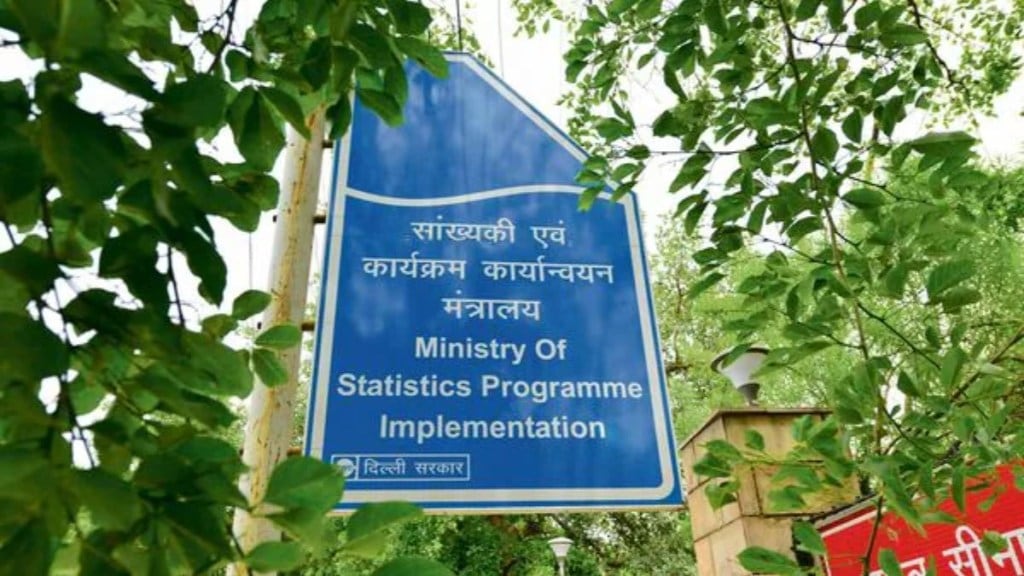The Ministry of Statistics and Programme Implementation (MoSPI) may conduct the revision of the base year for the Consumer Price Index (CPI) series more frequently after the release of the new series in February, MoSPI Secretary Saurabh Garg said on Wednesday. The secretary underlined that the idea is to revise the base year as frequently as possible.
“Three to 5 years would be the range, but the expectation is to do it more frequently,” Garg told FE. He, however, added that exceptional circumstances like Covid-19 pandemic, could lead to changes in the frequency. “The broad messaging that we want to give is that we would like to do it as frequently as possible, and perhaps doing it more than once in five years may not be feasible, but if we can, we will try and reduce the frequency,” the secretary said.
When will the new CPI series be released?
The CPI base year revision is currently underway, with the item basket and weights assigned to each in the new series to be based on the Household Consumption Expenditure Survey (HCES) 2023-24. The new CPI series will be released on February 12, 2026 with 2024 as the updated base year. The current CPI series has 2012 as the base year. The government had earlier said that HCES would now be conducted in triennial fashion.
The secretary’s comment reflects the government’s resolve to more frequently revise the base year for key economic indicators like the CPI, index of industrial production (IIP) and wholesale price index, and the gross domestic product (GDP). This is expected to help in capturing the structural changes taking place in the economy, presumably at a faster rate than in earlier decades.
What did Garg say?
“In case of GDP, unlike previous base revisions, we have introduced an element of dynamism in estimating the household sector in the coming new series (with 2022-23) base year, thanks to the PLFS (periodical labour force survey) and ASUSE (Annual Survey of Unincorporated Sector Enterprises),” the secretary said. “Nontheless, the base year will be revised every five years in normal circumstances,” he added. The relative infrequency in the revision of base years for India’s economic indicators has been noticed. Experts have pointed out that such exercises must be more frequent and aligned with the best practices in mature economies.
The MoSPI is also adopting the Classification of Individual Consumption According to Purpose (COICOP) 2018 to the extent possible in the new CPI series. Garg, however, said that the new series will not release CPI core inflation figures sticking to the existing practice. Core inflation gauge is meant to measure the price pressures in the basket of consumption items, excluding food and fuel, which are less impacted by supply-driven volatility and therefore more amenable to the central bank’s monetary tools.
“Core inflation is not the mandate of MoSPI. Normally the central banks or other agencies do it. We will however, bring out sectoral CPIs. The definition of core CPI may vary from country to country and it’s not our mandate to bring that out,” he said
The HCES 2023-24 highlighted a significant decline in the proportion of household spending on food. This also led to a debate whether the current CPI series, which assigns higher weightage to food, is reflecting real inflation.
As the new CPI series will be based on the HCES, Garg said that the weightage of food would decline. “This is a reflection of the increasing social economic status of the households. So the exact number is something an expert group is working on, and we will be disclosing that. But obviously it will be reduced from the existing levels. To what extent I can’t commit right away,” Garg said.
The National Statistics Office (NSO) has conducted information on around 407 items in the HCES. According to the MoSPI, the number of items in the CPI basket in the new series will be increased from existing 299 to around 350.

